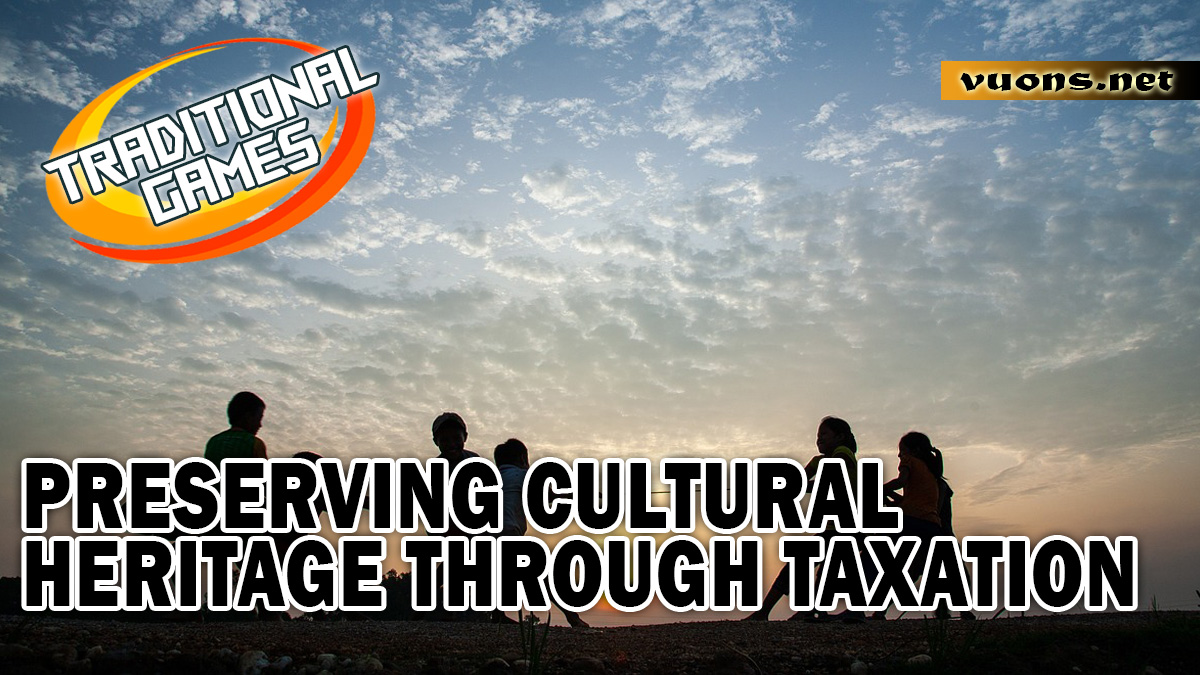Tug of War: Local Tradition to Global Phenomenon
Origins of Tug of War: Historical Traces in the Archipelago
Tug of War is a traditional game that has deep historical roots in the archipelago. This game is not just entertainment, but also contains rich cultural values and is a symbol of community cohesion.
The history of Tug of War can be traced back to ancient times in Indonesia. Initially, this game was played as part of a ritual or religious celebration, where physical force was used to strengthen social fabric in society. Traditionally, Tug of War involves two or more groups facing each other while pulling a long, strong rope. The goal is not only to win the game, but also to strengthen bonds between community members.
Over the centuries, Tug of War has developed and spread in various regions in Indonesia. Each region has unique variations and rules of the game, reflecting cultural diversity and rich local heritage. In some places, this game is an integral part of traditional ceremonies or annual festivals, which marks the importance of Tug of War in the social and cultural life of local communities.
However, with the passage of time and changes in modern society’s lifestyle, Tug of War faces challenges to remain relevant. Nevertheless, efforts to preserve and promote this traditional game continue to be made by various parties, from local communities to regional governments, as part of efforts to maintain the nation’s cultural identity.
Overall, Tug of War is not just a traditional game. It is an intergenerational link, a link with ancestral cultural roots, and a marker of togetherness in the lives of the people of the archipelago. By understanding its origins, we can appreciate and celebrate this precious heritage as an inseparable part of Indonesia’s rich culture.
Tug of War Evulsion: Development and Variations in Different Regions
Tug of War, a traditional game that is often thought of as just a simple physical activity, actually has a long and varied history throughout the archipelago. The evolution of the game reflects not only changes in the way it is played, but also the cultural values it has passed down from generation to generation.
In various regions in Indonesia, Tug of War has experienced unique variations. For example, in rural areas of Java, this game is often held as part of traditional ceremonies or religious rituals. Meanwhile, in Sumatra, Tug of War can be part of a wider cultural celebration, such as celebrating holidays or local festivals.
The development of Tug of War is not only limited to changes in the context, but also in terms of the rules of the game. Some communities may add new elements, such as adding music or dancing along the Tug of War route to add excitement to the celebration. Elsewhere, Tug of War has been adapted to modern technology, with the use of stronger and more durable ropes.
However, behind these variations and developments, Tarik Tambang still maintains its essence as a symbol of togetherness and social cohesion. These games not only teach values such as teamwork and physical strength, but also strengthen the local community’s sense of identity and cultural pride.
By understanding the evolution of Tug of War from various perspectives, we can better appreciate Indonesia’s rich cultural heritage. These games are not only part of a memorable past, but also offer a fascinating look at how traditions can live on and adapt in an ever-changing world.
Tug of War as a Symbol of Unity and Social Cohesion
Tug of War is not just a traditional game in Indonesia; it is also a strong symbol of unity and social cohesion in society. This game not only involves physical strength but also fosters the values of cooperation, togetherness and solidarity among the participants.
Traditionally, Tug of War is played in the form of a competition between two or more groups. Each group faces each other and tries to pull the rope as hard as possible to win the race. This activity not only tests physical strength, but also requires good strategy and solid team work.
More than just a game, Tug of War reflects the close relationships between community members. Through participation in these games, people learn to depend on each other, value each individual’s contribution, and experience the collective joy of achieving a common goal.
In many regions in Indonesia, Tug of War is part of traditional events such as traditional ceremonies, festivals or cultural celebrations. Involvement in Tug of War not only strengthens relationships between participants, but also strengthens social ties within the community as a whole.
Thus, Tug of War not only plays an important role in preserving local cultural heritage, but also as a tool for building and strengthening social unity and cohesion. In the midst of changing times and modernization, the values contained in this game remain relevant and meaningful for Indonesian people, becoming an important milestone in preserving the nation’s cultural identity.
The Influence of Globalization on the Popularity of Tug of War
In this era of globalization, many aspects of local culture face challenges to remain relevant amidst the ever-growing flow of global influence. This also applies to Tug of War, a traditional Indonesian game that has long been an integral part of local community life.
The impact of globalization on the popularity of Tug of War can be seen from several points of view. First, with the influx of global popular culture such as social media and modern entertainment, interest in traditional games is often displaced by modern games or other global trends that are more attractive to the younger generation.
Second, globalization brings changes in people’s lifestyles and preferences, which may lead to a decline in participation in traditional events involving Tug of War. The younger generation tends to be more interested in more fast-paced and technology-related activities.
Despite this, there are efforts to maintain Tug of War as a valuable piece of cultural heritage. Many local communities, together with local governments and cultural organizations, undertake various initiatives to promote and preserve the game. This includes integrating Tug of War in local festivals, sporting events, or as part of cultural education in schools.
Thus, while globalization brings new challenges to the popularity of Tug of War, it is also a call to better appreciate and introduce the beauty and values contained in this traditional game to the wider world. Through this approach, Tug of War can remain relevant and appreciated as an inseparable part of Indonesia’s cultural richness.




